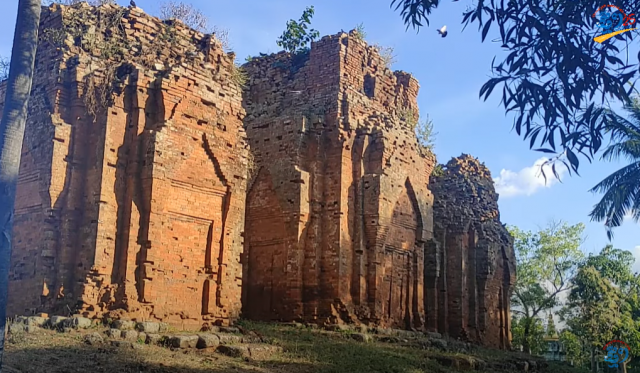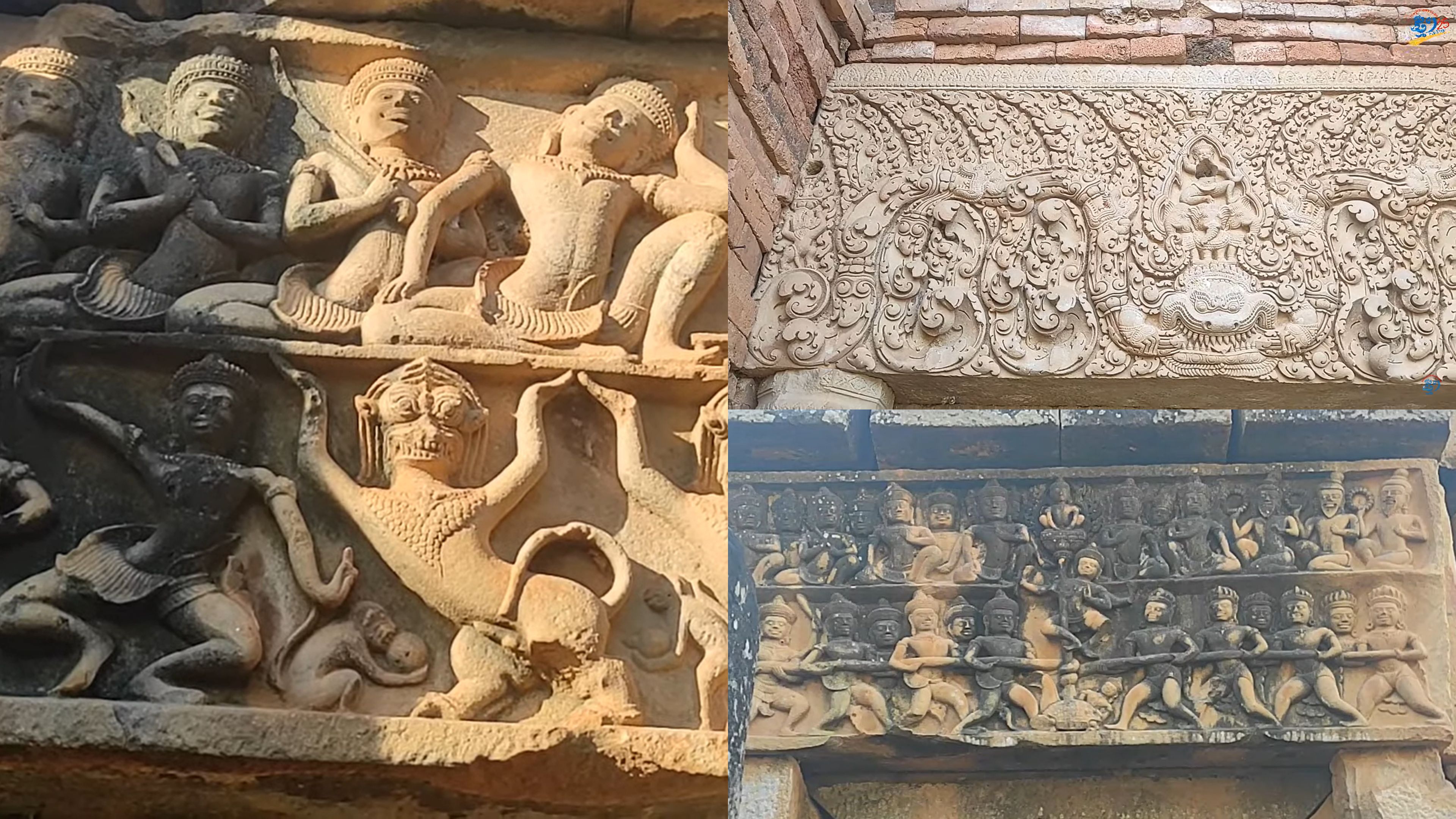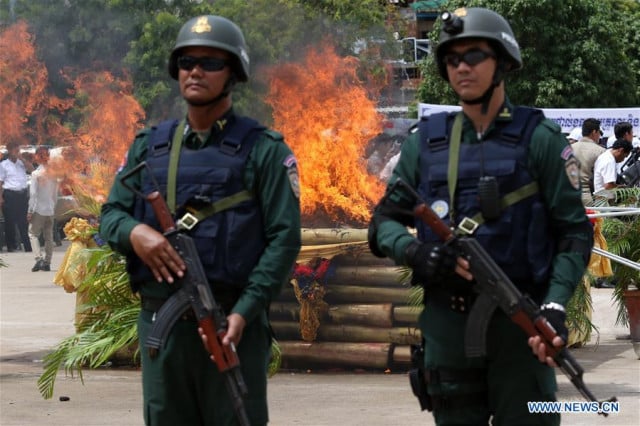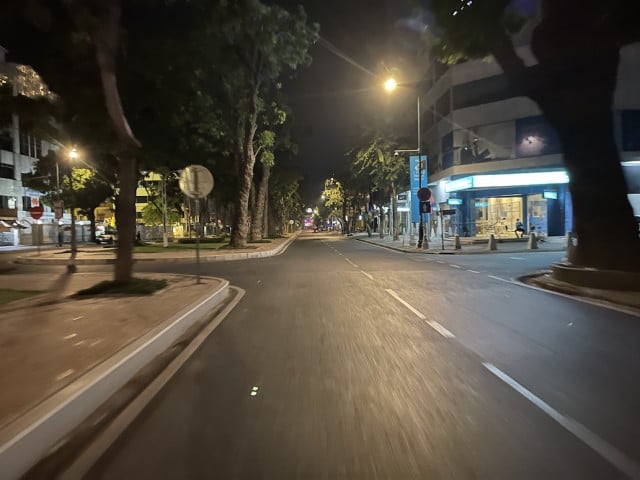The Snoeng Temple: Glorious but Needing to Be Restored

- By Nhem Chan
- October 2, 2022 3:59 PM
BATTAMBANG PROVINCE — Located today on the grounds of a pagoda, the Snoeng temple is one of these ancient temples that Cambodians and international visitors who are eager to explore lesser-known historical sites will enjoy exploring.
This 1,000-year-old Hindu temple is located 22 kilometers west of Battambang City center in Snoeng Keut village in Banan district’s Snoeng commune.
According to Kim Sophoan, director of the Department of Culture and Fine Arts for Battambang province, the Snoeng temple was built in the 11th century during the reign of King Udayadityavarman II who ruled the country from 1050 to 1066.
The western section of the temple was built of sandstones and its eastern section of bricks, this, even though the two sections were constructed on the same foundation and at the same elevation on a hill.

The eastern section consists of three separate brick stupas facing east. The central section features a sculpture of Indra on a three-headed elephant next to a sculpture of Rahu. Sections of stone doorframes are still in place while others are lying on the ground.
The western section of the Snoeng temple, which can be seen from the road, consists of a single sandstone structure with four doors, three of them being false doors and the fourth one opening to the east. However, due to the collapse of the temple’s roof, large stones occupy the inner area, preventing visitors from entering the temple.
Three lintels in this western section of the temple are decorated with intricately sculpted scenes. On the eastern lintel, there is a scene from the mythical Hindu episode Churning of the Ocean of Milk during which devas (deities) and asuras (demons) churn the ocean of milk to obtain the nectar of immortality.
_1664760243.png)
On the south lintel are sculpted three lions, arms raised, people or deities and apsaras (celestial dancers). According to research documents, there is also a scene from the Hindu epic tale Mahabharata during which the fate of a kingdom is decided over a game of chess.
On the west lintel are sculpted scenes featuring the Hindu deity Vishnu with the Hindu deity Lakshmi, his consort, and the deity Bhudevi, also his consort.
The Snoeng temple has been so damaged by nature and the elements over the centuries that even the date of its construction is still being debated among experts. Pieces of the temple were dislocated and scattered over the years. Moreover, Kim Sophoan of the province’s Department of Culture and Fine Arts believes that some stones may have been taken off the temple during the Khmer Rouge regime of 1975-1979 to build granaries for storing rice.
_1664760297.png)
In 2020, the provincial department’s staff members were able to find 67 pieces of the Snoeng temple, which are now being stored near the western part of the temple, hoping that it will be restored when the national budget makes it possible.
As in the case of all restoration projects, this will require studies and experts to determine the steps to take to restore the Snoeng temple and prevent further deterioration. Sophoan has been working with the Department of Protection and Preservation of Ancient Buildings at the Ministry of Culture and Fine Arts to prepare a restoration proposal.
In addition to protecting a temple that is part of Cambodia’s heritage, hopes are that the Snoeng temple will become a site that will attract more Cambodian and foreign visitors to Battambang province, and make tourists extend their stay in order to tour it.
Originally written in Khmer for ThmeyThmey25, this story was translated by Cheng Ousa for Cambodianess.















